- Wondering how to get Monopoly GO! free rolls? Well, you’ve come to the right place. In this guide, we provide you with a bunch of tips and tricks to get some free rolls for the hit new mobile game. We’ll …
Best Roblox Horror Games to Play Right Now – Updated Weekly
By Adele Wilson
Our Best Roblox Horror Games guide features the scariest and most creative experiences to play right now on the platform!The BEST Roblox Games of The Week – Games You Need To Play!
By Sho Roberts
Our feature shares our pick for the Best Roblox Games of the week! With our feature, we guarantee you'll find something new to play!All Grades in Type Soul – Each Race Explained
By Adele Wilson
Our All Grades in Type Soul guide lists every grade in the game for all races, including how to increase your grade quickly!
Gameglobe Diary #2: The Trouble with Trees
Gameglobe is a game creation engine and community developed by Square Enix and Bigpoint. The browser-based builder launched in closed beta in summer of 2012 and is now available for open play by anyone with an internet connection. This series will explore the features, benefits, and challenges of Gameglobe through the process of building a game from scratch. In this week’s entry, we dive into tunnel building, figure out the benefits of tweaking, and plant an entire forest one tree at a time.
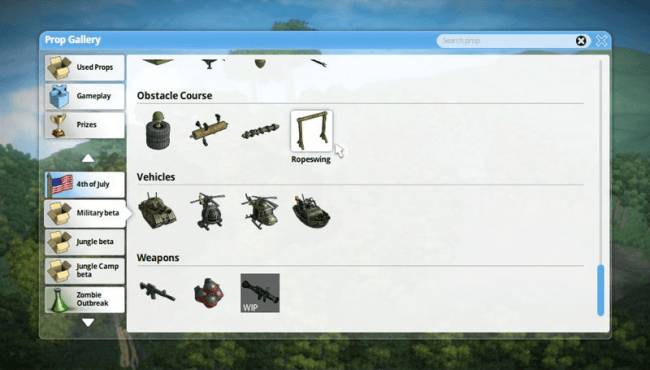
Gameglobe is a game creation engine and community developed by Square Enix and Bigpoint. The browser-based builder launched in closed beta in summer of 2012 and is now available for open play by anyone with an internet connection. This series will explore the features, benefits, and challenges of Gameglobe through the process of building a game from scratch. In this week’s entry, we dive into tunnel building, figure out the benefits of tweaking, and plant an entire forest one tree at a time.
In the short week since our first entry in this series, a big change has occurred at Gameglobe: a membership fee is no longer required to access the full set of content. All players who sign up for a free account will be able to play, build, and contribute 100% at no charge. (Anyone with an unexpired membership will also receive a refund.) There’s no word yet on how Gameglobe plans to make a profit without membership fees, but it’s now easier than ever to try out.
The obstacle course ropeswing is extremely tempting.
This also opened up a slew of new items, since players have access to everything now. “Jungle beta” contains some new NPCs, “Military beta” has a full theme’s worth of buildings, decorations, and even vehicles to choose from. The catalogue was already pretty massive, but additional choices are more than welcome.
Not that we’ll be using much of the new stuff this week. We’ve moved north from Kakariko Village into the Lost Woods, which is currently only denoted by a vast expanse of leafy, Jungle-painted terrain. This region will eventually house a quest—Master Sword-related, of course—so I have two specific goals for it: navigable paths with some dead-end offshoots, and a little variety in the landscape. It should also hopefully resemble the actual Lost Woods from A Link to the Past, which I used as a basis for drawing paths with the Dry Soil paint.
The world is always hazy when zoomed out, which is a useful effect for the Lost Woods.
One of the recurring features in the Lost Woods is hollowed-out stumps used as tunnels to connect different areas. These stumps will be my primary way of introducing variety in the woods and learning to work with the terrain tools a bit more. To make sure that changing the terrain doesn’t have massive consequences on the surrounding area, I picked an empty spot in the desert to make a practice tunnel.
All of the terrain tools in Gameglobe have two simple purposes: add or remove terrain, which is accomplished by left- or right-clicking, respectively. The primary tool does so in an open spherical shape so that changes occur gradually, with the sides automatically sloped. To make a tunnel, I sized this tool about three times larger than my avatar, added terrain along a straight line, and then used the tight sphere tool—which adds or removes terrain in whole, spherical chunks—to remove terrain at the front base. Continuing this removal through the tunnel was simple since you can zoom completely into your current location and follow along, even inside a cave.
It has a “sandworm emerging from the depths to eat you” kind of vibe.
From flat desert to flat desert with a tunnel in less than a minute! The one notable lesson I learned was that terrain additions appear as the default Beach paint, so you have to repaint any areas that are edited. Terrain also doesn’t take objects along with it, so a house or tree built on flat land that is raised into a hill will then exist inside the hill, not on top of it. There’s probably a logical reason for this, but it’s made me decide to focus on terrain in future regions before anything else.
The other lesson learned: creating tunnels is fun. Terrain changes in general create a large impact on your world, and even a small update feels like a monumental accomplishment. I went a little tunnel-crazy in the Lost Woods because shaping the land was so satisfying, although at ten tunnels total I’m still one short of the SNES version. Once the woods were tunneled, I painted each one with Tree Bark terrain, which looks great if you spray it onto the surrounding area for the “growing out of the ground” look.
My favorite tunnel almost looks like a half-buried skull. Let’s say that was intentional.
The other big requirement for the Lost Woods: trees, and lots of them. Trees, like every item that is not applied directly to terrain, are considered props and must be selected and placed from the prop menu. Focusing on specifically trees and outdoor foliage for this region made me less appreciative of the prop catalogue’s layout: everything is assigned to its theme pack, like “pirate,” “suburbia,” etc. This means there’s no collection of just outdoor décor; to find my tree options, I had to check each pack individually (or use the search bar, but searching for “tree” doesn’t return something like the “shrub bush”). The upside is that as long as you’ve used an item once in your game, it will be added to the “used” theme for easy reference. To utilize this, I went through every theme pack and selected any tree-like object I might want to use, then placed one of each in an empty, tree practice area.
The tree practice zone is really livened up by the yellow birches.
Despite the minor delay in finding trees, the real challenge actually lay in planting them—or I should say, in planting all of them. Planting a tree, or ten trees, is ridiculously simple, as is changing their height or directionality. The problem begins when you want to plant an entire forest’s worth of trees. Gameglobe does not feature a “forest” or even “group of trees” prop. There are only individual, single-serving trees, although some—and I used these liberally—are large enough that they fill the space of multiple trees. This is a bit of a surprise given the “jungle” theme pack and the assumption that players are making jungles out of it.
The other problem, which was actually resolved about a day after I finished populating the Lost Woods, was a lack of “group duplication” for props. Meaning, you could not create a group of ten trees and then duplicate those ten trees; you had to place each one individually. Now there is a new item available that allows exactly that action, assuming you’ve “linked” your props together. I’ll be very grateful for this when it comes time to build the large, symmetrical Hyrule Castle.
The trees really bring a sense of “this is actually a forest” to the whole region.
But, in total, filling in the Lost Woods with trees took much longer than I initially anticipated. Even though my planting finger was numb by the time it was finished, I loved the immediate results of adding trees: nearby paths became shaded, with rays of sunlight streaming through the treetops in patches. The world began to feel alive.
Having laid the bulk of the foundation for the Lost Woods, I wanted to be sure the area was actually navigable. This is where the “tweak” function in the level editor comes in real use. When in “tweak,” you can run your avatar character through the world as if she were playing the game. There is a “playtest” mode that allows you to do exactly that, but in “tweak” you can pull up the edit functions at any time. I ran her through each tunnel to make sure they were tall enough, then along the paths to ensure they were connected and made sense. Any time I encountered a bumpy area, I could just pull out the terrain tool and immediately adjust the ground’s slope—even as she stood on it—then select “tweak” again and continue running around. It’s perfect for those minute edits you might not realize are needed until you’re actually in the game world.
Your avatar uses a dual analog controller to make tweaks, which is dual adorable.
Even though the Lost Woods demanded all of my time this week, I do feel like I learned some useful lessons while working on it and—even if the pictures don’t depict this—am getting better at using Gameglobe‘s tools. Having enjoyed building tunnels so much, I’m looking forward to focusing on a terrain-heavy area like the Eastern Palace which is, thankfully, also treeless.
More articles...
Monopoly GO! Free Rolls – Links For Free Dice
By Glen Fox
Wondering how to get Monopoly GO! free rolls? Well, you’ve come to the right place. In this guide, we provide you with a bunch of tips and tricks to get some free rolls for the hit new mobile game. We’ll …Best Roblox Horror Games to Play Right Now – Updated Weekly
By Adele Wilson
Our Best Roblox Horror Games guide features the scariest and most creative experiences to play right now on the platform!The BEST Roblox Games of The Week – Games You Need To Play!
By Sho Roberts
Our feature shares our pick for the Best Roblox Games of the week! With our feature, we guarantee you'll find something new to play!All Grades in Type Soul – Each Race Explained
By Adele Wilson
Our All Grades in Type Soul guide lists every grade in the game for all races, including how to increase your grade quickly!








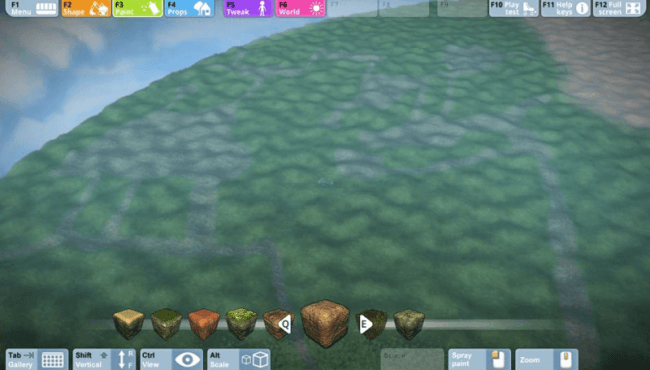 “
“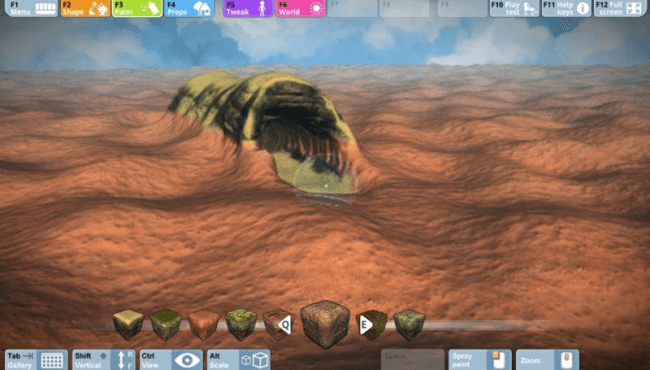 “
“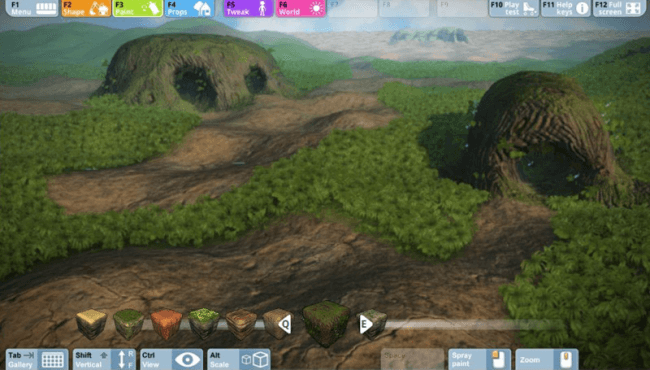 “
“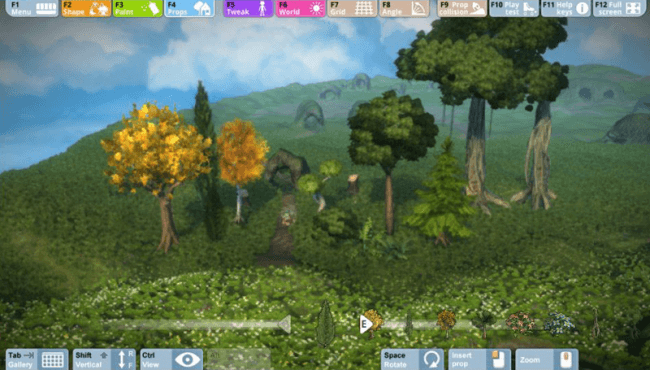 “
“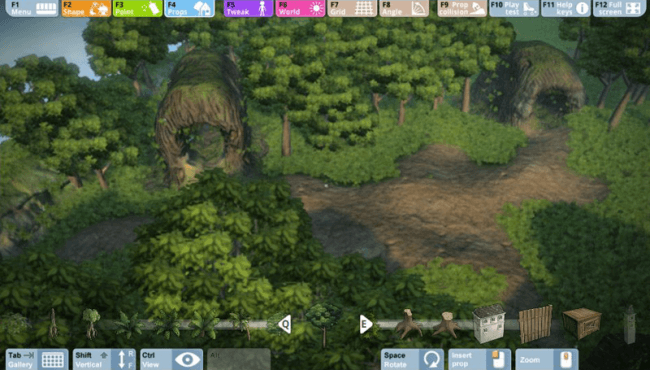 “
“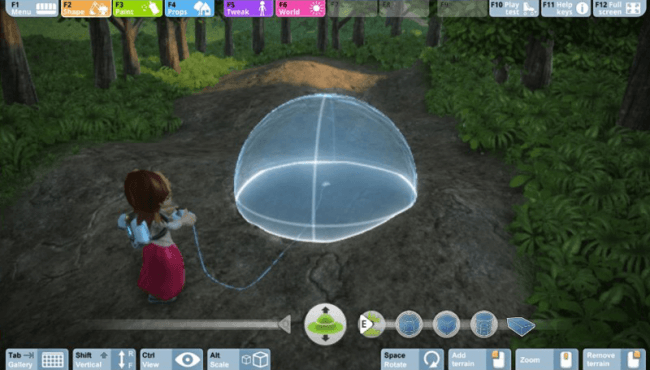 “
“